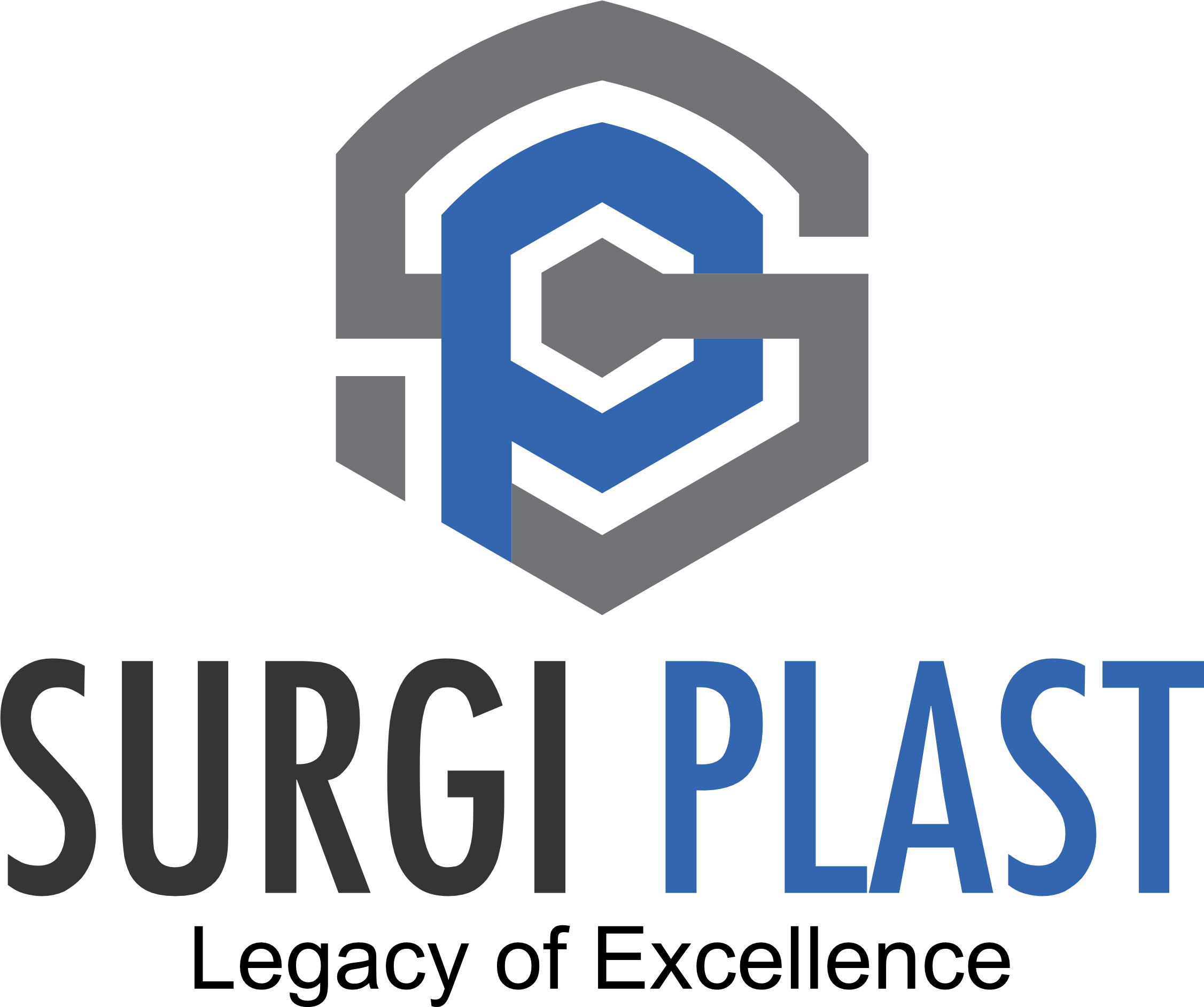Surgical procedures have come a long way since the earliest days of medicine, and much of this progress can be attributed to the evolution of surgical equipment. From the basic tools of antiquity to the cutting-edge technology of today, the landscape of surgical instruments and equipment has seen remarkable advancements.
In the past, surgeries were performed with rudimentary tools like sharpened stones and bone needles. Fast forward to the present day, and we find ourselves in an era where precision and innovation reign supreme. Scalpels have transformed into laser-guided cutting devices, and manual suturing has given way to automated stitching machines. Furthermore, the integration of robotics has ushered in a new era of minimally invasive surgeries, allowing for smaller incisions, reduced trauma, and faster recovery times.
As we look ahead, the trajectory of surgical equipment seems boundless. The marriage of artificial intelligence, real-time imaging, and advanced materials promises to further revolutionize surgical procedures. While the fundamentals of surgery remain constant, the tools at a surgeon's disposal are continually evolving, driving us toward safer, more efficient, and increasingly precise medical interventions.




